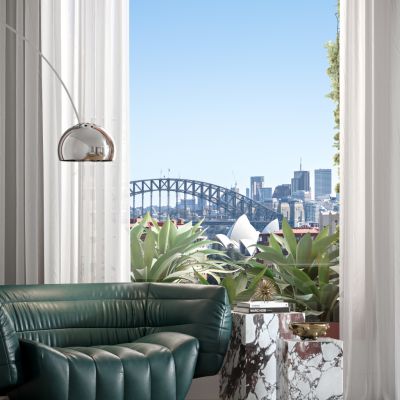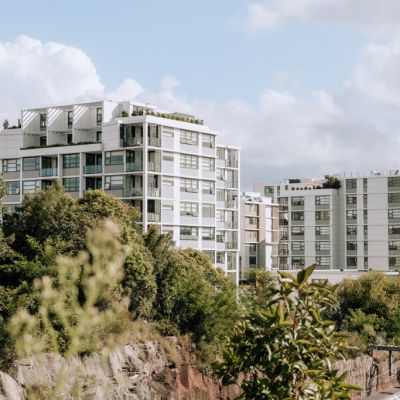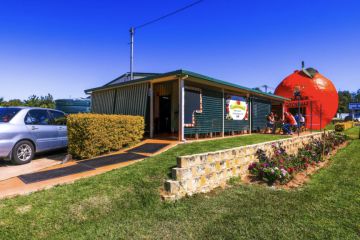How a targeted renovation can increase your property's value
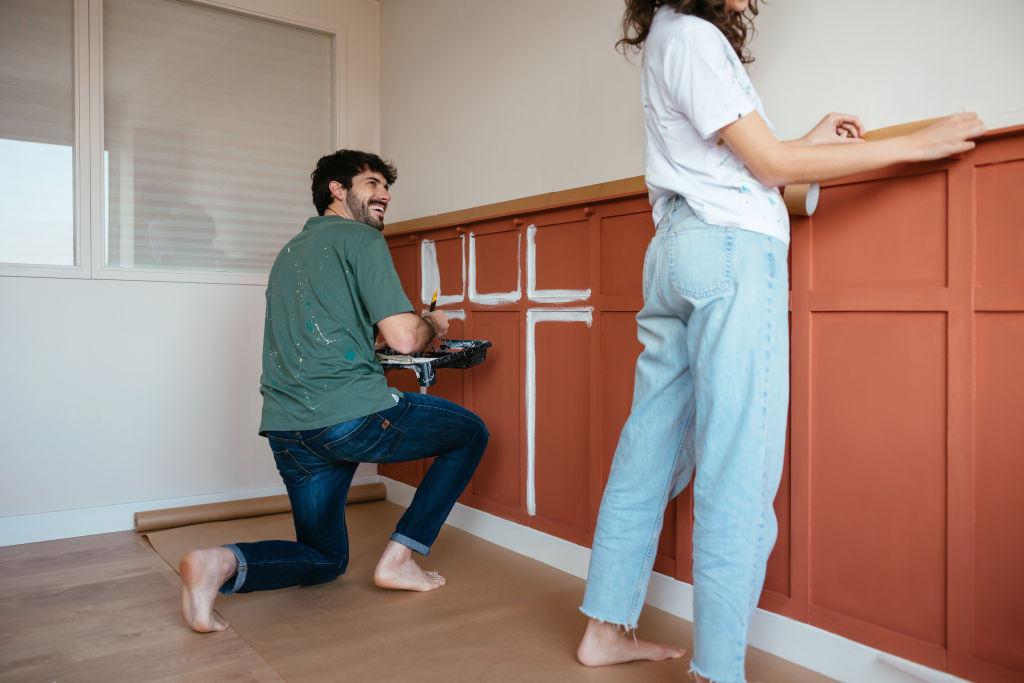
The renovation boom is quietening down but it’s important to keep it cranked up for investment properties.
There’s nothing like giving a house or apartment a complete refresh in order to be able to charge a healthy rent and create equity, especially in a market where prices are softening.
“Any property you want to rent out or eventually sell needs to have something special about it,” says Bradley Cocks, a luxury property expert with Di Jones Southern Highlands, and a regular renovator with his wife, fashion designer Collette Dinnigan.
“To maximise the cash flow, we tend to put properties on Airbnb and rent them out fully furnished.
“So when we buy an investment property, we go as high end as possible with a key antique centrepiece, or a chandelier, and quality furniture rather than IKEA.
“Then we’ll get the best photographer to take the photos for the marketing, so we’ll get the highest rental yield and an appreciating asset.”
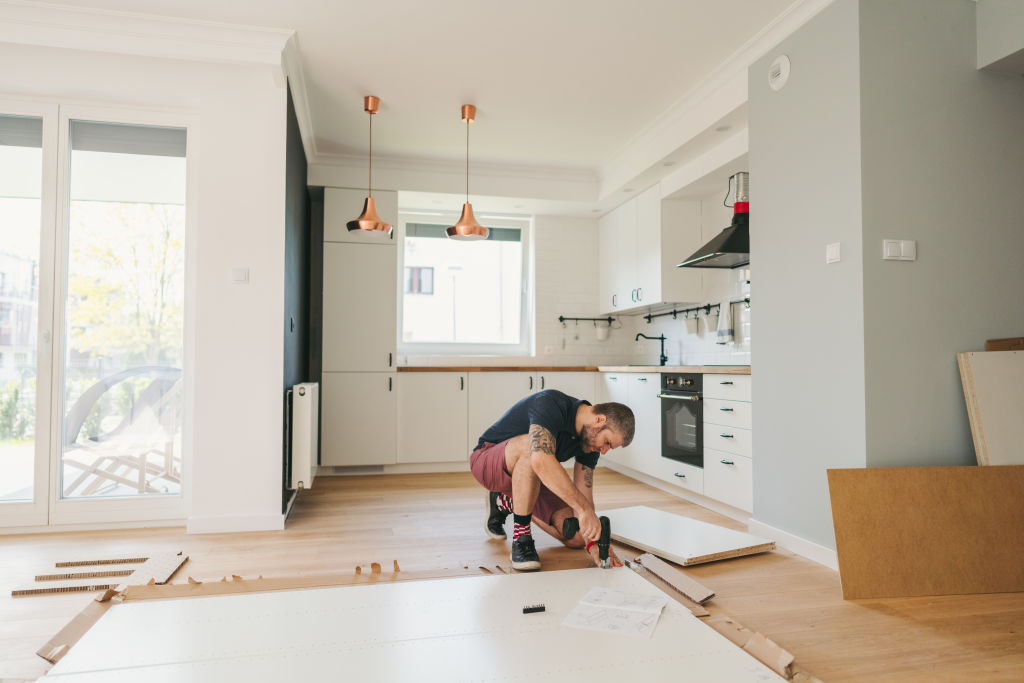
Not everyone will opt to aim so high, and most might prefer to put their property into the residential rental pool. But even in that case, it’s just as important to add value or “manufacture equity”, says property expert and Aus Property Professionals founder Lloyd Edge.
“You want to create more equity to mitigate any fall in rent or in the value of your property because of rising interest rates and in case you want to use that equity to buy another property or pay for kids’ school fees,” he says.
“The rise in interest rates also means that many are looking to buy more cheaply, and those homes will probably need some TLC to bring them up to scratch and attract good tenants.”
Edge warns against over-capitalising and instead suggests investors target areas where small changes can go a long way, like the kitchen and bathroom.
He also recommends improving a property’s street appeal with some easy landscaping or by painting a fence – DIY where possible – and ripping out old carpets to replace them with bamboo flooring or floating timber.
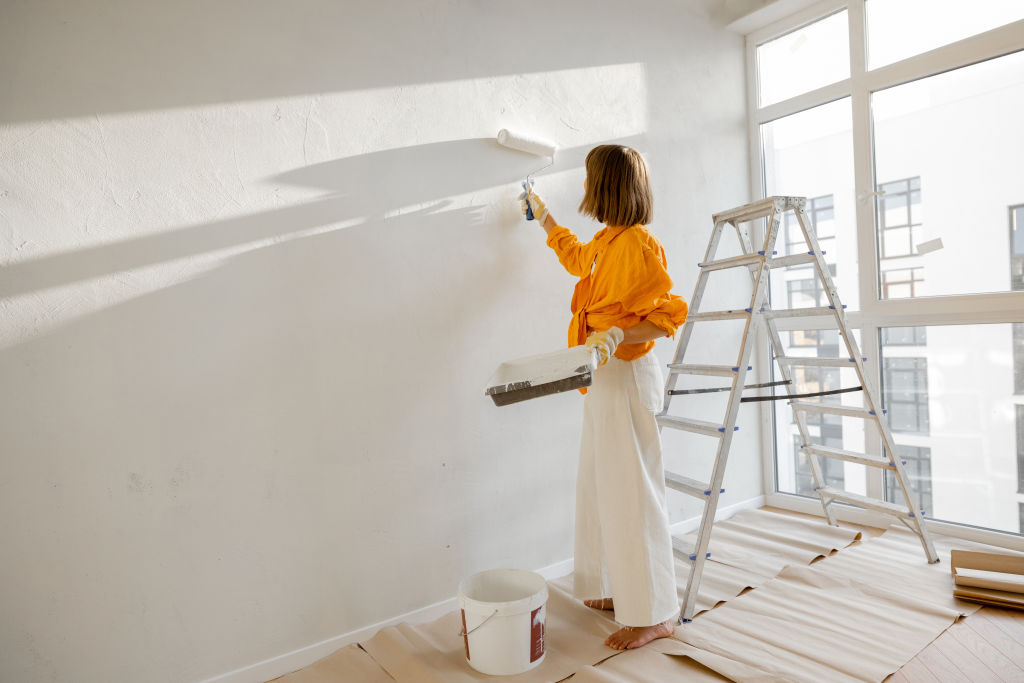
While last year saw a massive $12.2 billion spent on renovations – 33 per cent up on the previous year – most indications are that this year the sum will be significantly lower because of interest rate hikes, higher construction costs and supply chain delays.
“At the moment, it seems people are choosing more modest renovations rather than putting them off completely, although by next year that may change again,” says Sarah Megginson, money expert at comparison website Finder.
She advises investors to set objectives, right from the start, that are specific, measurable, attainable, realistic and timely. As part of that process, they should thoroughly research material and product prices, as well as the cost of labour and installation.
“Talk to people to find out any gaps you may not have considered in your budget and planning, such as the cost of waste disposal,” she says. “However, don’t try to minimise costs by purchasing materials yourself, as professionals buy in bulk, with a trade discount.
“And track your expenditure to keep a clear idea of your cash flow, and work out the best way for you [to pay] for the renovation – whether with cash or by topping up your home loan or refinancing.”
We recommend
States
Capital Cities
Capital Cities - Rentals
Popular Areas
Allhomes
More
- © 2025, CoStar Group Inc.
